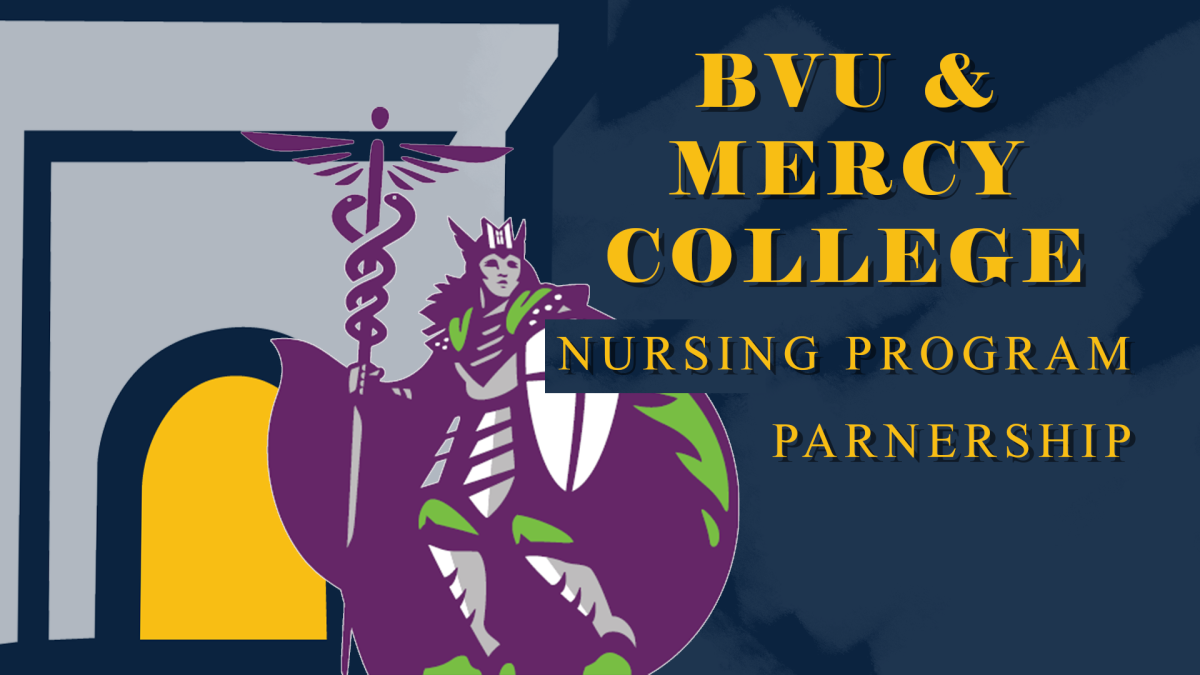Aaron Burns & Courtney Van Haaften | Co-Editors in Chief
Two long-awaited documents that have been the source of campus-wide prioritization discussion and some anxiety, were released to faculty and staff on Tuesday morning, February 17. A pair of quintile reports ranking each academic and administrative/co-curricular program at Buena Vista University (BVU) are now available only to faculty and staff. The documents are the most recent part of the prioritization process underway on campus.
Each document lists five quintiles, or categories, ranging from one to five, with approximately 20 percent of programs evaluated in each quintile. The top quintile is one, down to quintile five, which contains the bottom 20 percent of the programs evaluated. Written reports that provided context accompanied each quintile. These documents serve as a campus-wide review process that is designed to guide the President’s Council and Board of Trustees decisions about where to reallocate money, which could mean some programs are offered more funding while others’ are decreased.
The quintiles and reports were generated by two review teams, one that assessed all academic programs and one that assessed all administrative and co-curricular programs. The rankings were based on the teams’ scoring of the PIFs that each program wrote with a standard rubric and set criteria.
The same afternoon that the reports were released, faculty and staff filed into Anderson Auditorium for a Community Meeting. There were numerous topics to cover during the meeting, but prioritization had the special attention. President Moore consoled the crowd by reassuring them that no decisions have yet been made from the results. Although there was majority of the faculty and staff present, there was nothing but silence when it came time for questions at the end.
“There’s a range of general feelings,” Dr. Bethany Larson, Associate Professor of Theatre and Prioritization Steering Committee member said. “Some relaxation of the anxiety around uncertainty that existed before, but then also some new concerns about what does this mean for me and my students, in a larger sense? We’ve gone from one kind of uncertainty to a new kind, I think.”
The next step is to conduct consultations with faculty and staff members regarding the results of the quintile reports. President Fred Moore and other members of the Prioritization Steering Committee will be meeting with the Deans of each school in order to discuss reactions and thoughts about the PIFs, quintiles, and the next steps for BVU. The consultations will consist of two rounds: the first will include general reactions and the second will be individual to gain information on specificities.
“In this first round [of consultations], what’s your general reaction to what you read? That’s the first question. Did you feel there was something that needed to be addressed in the report that wasn’t? That you didn’t see or you wish had been spoken to?” Moore said.
According to Moore, the goal of the entire prioritization process is to see where the programs at BVU are at in terms of funding, ideas for the future, how the program fits in with the institution’s mission and vision, and overall success. The quintile reports are being used as a tool to see where each program is at related to the other programs at the university.
Because the quintile reports are confidential, students are not allowed to see them. Moore emphasizes that quintiles are internal documents that do not currently reflect any decisions that will be made. Because of the sensitive nature of the quintile reports, many students have voiced that they would like to be able to see the results to see where their own program or organization stands.
Moore and Larson feel that it is in the students’ best interest to not have access to the documents in fear of how they may react, especially when no official decisions have been made.
“The quintile report is much like a lot of other internal documents that we generate here that students don’t see because they don’t reflect decisions yet,” Moore said. “Those reports are important documents that will help lead us to decisions that will be disclosed to students, but they aren’t decision documents themselves.”
Some students are concerned that their own input has not been considered throughout this process, but Moore assures that while completing the PIFs, faculty and staff used several forms of student data to discuss their programs. They used information from alumni, student surveys, and different success stories of students across campus.
“If you were to see [the PIFs], you would see there is a student voice throughout the documents. For example, what students say they’re interested in…Participation in co-curricular programs is something else we looked at,” Moore said. “Those PIFs are replete with success stories of current students, their exploits, academics, co-curricular, and what have you. There are lots of stories about highly successful alumni and what they’re doing.”
Moore hopes that through prioritization, the institution will be able to confront the higher education marketplace turmoil from a position of strength. BVU should strengthen the quality of programs and service to students, be able to invest in programs, faculty and staff, enhance collaboration, and create new areas of opportunity. Once prioritization is complete, Moore is sure that the institution will become stronger in several ways.
“[The institute will become] more focused. Our industry is going through a lot of change and in some ways colleges and universities are really having to face the reality that they can no longer operate as if they can be everything to everybody,” Moore said. “[They] generally have wanted to expand and provide more offerings, and serve more students. That’s fine up to a point, but we’ve reached a point where the financial model underpinning higher education is being challenged at its very root. There was a time where resources were available such that you could do offerings to your heart’s content, and the wish to provide more and more opportunities to more different types of students. We’ve reached a point in higher education today where that is exceedingly more difficult to do than it used to be.”
Moore will be attending the Student Senate meeting tonight, Feb. 19 at 6 p.m. in Hansen 8, to address any concerns the student body may have regarding the quintile reports and the next steps in the prioritization process. Students are highly recommended to come with questions of clarification for prioritization.
Once consultations are completed at the end of March, Moore and his team will develop recommendations based on the quintile reports and consultations. The recommendations will be taken to the Board of Trustees for approval. The final decisions will be announced after the board meeting, which takes place May 8.













